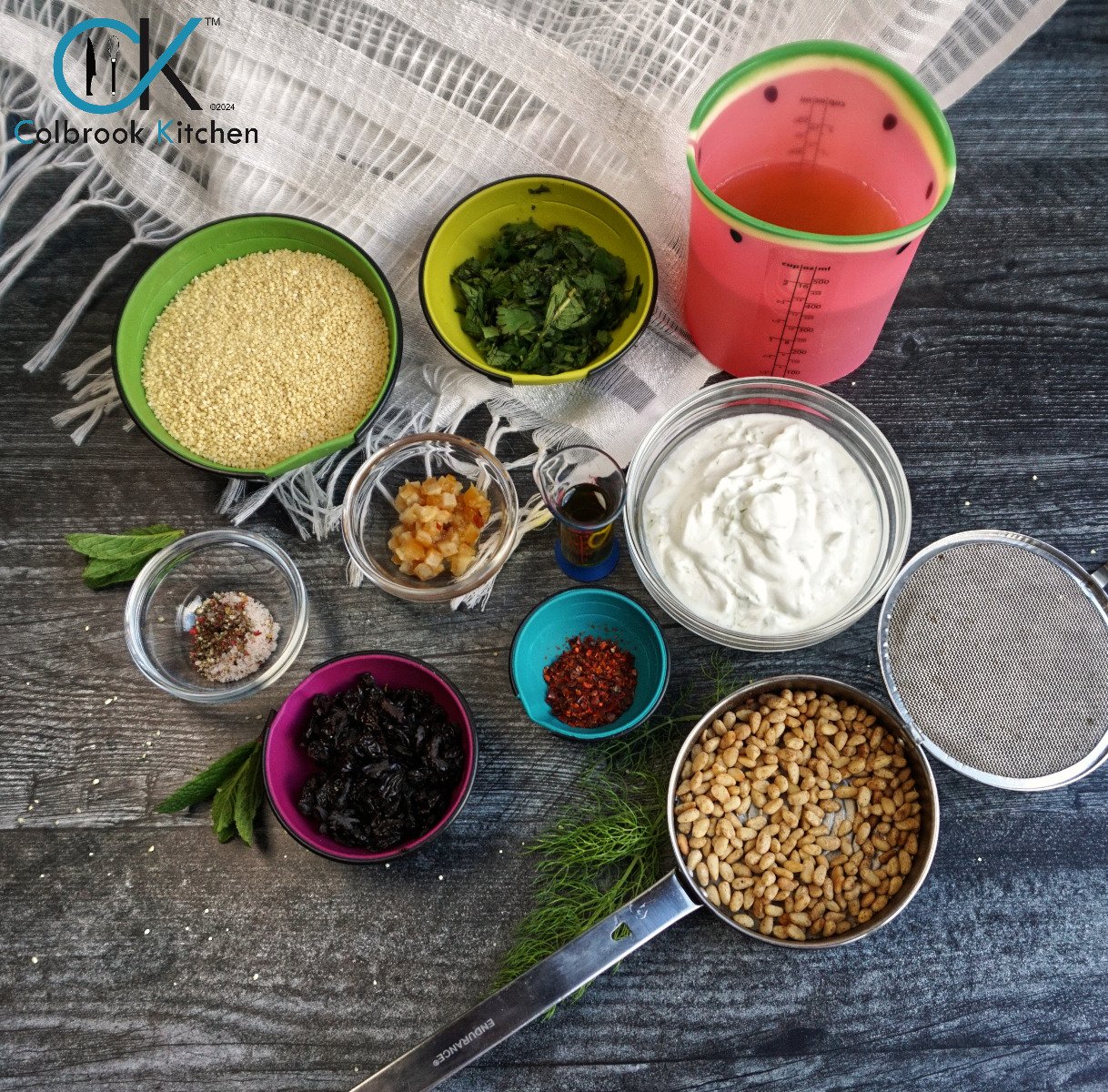Cool Tip: The Knife Sharpening Continuum...
- Jun 24, 2015
A frequently-asked question for the Home Cook is: what do I really need to keep my knives sharp?
“Sharp” implies both effectiveness and safety: when you cut yourself, and everyone will, with a sharp knife, it will be a clean smooth cut that will heal faster and cleaner, with less likelihood of infection, than the jagged cut of a dull knife. If for no other reason, you want your knives to be sharp to minimize your risk of injury. And you also want your knives to be their most effective, so you can be more efficient and save time in the kitchen!
There is a continuum of knife sharpening techniques: it can begin or end with a once-a-year trip to your local knife-sharpening professional but, short of, or in between, that, there are several other steps and techniques you can employ in your own kitchen to keep your knives sharp.
First you need to understand what you’re trying to achieve by ‘sharpening’ your knives. The goal of sharpening is to achieve the smoothest, finest angle on the blade of every knife in your kitchen: polishing, in effect, the edge of your knives to the maximum extent possible. And that can be achieved in stages, using a series of tools.
The first step for the Home Cook is to hone and finish your knives to the best degree possible, using a fine sharpening stone. This can be a quarterly or semi-annual project, depending upon how much you use your knives. Sharpening stones are graded by their grit: how “coarse” or “fine” are they? The short answer is ...the higher the ‘grit’ number, the ‘finer’ the stone. And the higher the grit, the lesser amount of steel will be ground off of your knife. Most Home Cooks will never need to “re-profile” their knives like a pro chef may have to - that’s a task for your sharpening pro - so you’ll have no need for a really coarse stone. And not many of you will need to achieve a “Kill Bill” edge on your knives, so a 1000+ grit level of final truly-razor-like polish will be unnecessary. The Home Cook’s decisive question becomes “what ‘grit’ level is optimal for my needs?” We think a sharpening stone with a 700-900 grit level will meet just about every Home Cook’s sharpening needs.
Between these major sharpenings, you may notice the need for a periodic tune-up: to remedy dullness that’s noticeable but not quite really annoying. Before going back to the sharpening stones, that’s the time for the Angle-Adjust Sharpener ... it assures honing at the proper angle on your blade, regardless of the knife style.
Finally, every knife set includes a “steel” - that rod you run your blades across just before using them, like the chefs on TV. But this tool has the lowest level of effectiveness, since it is intended to be employed to simply wipe-off the almost-invisible rough edges on your knife before each use. The equivalent to your ‘steel’ is the Edgeware 2-Stage Sharpener, which has pre-set angles designed to achieve that final degree of sharpness with a minimal amount of attention to detail.
If your steel isn’t working and your knives are still dull, then it’s time to start working your way back up the continuum!






